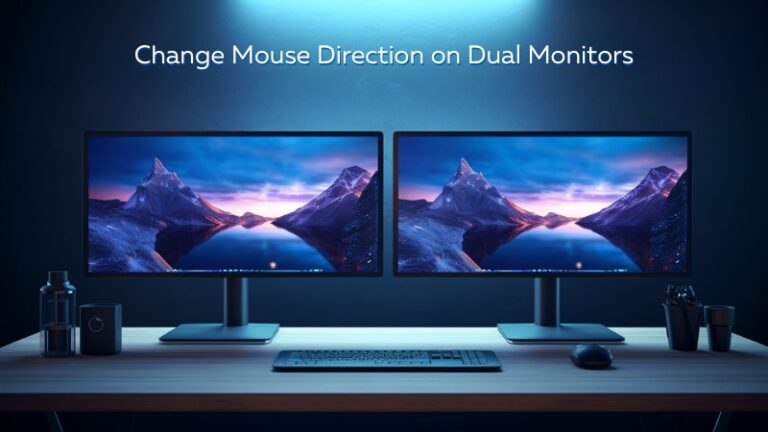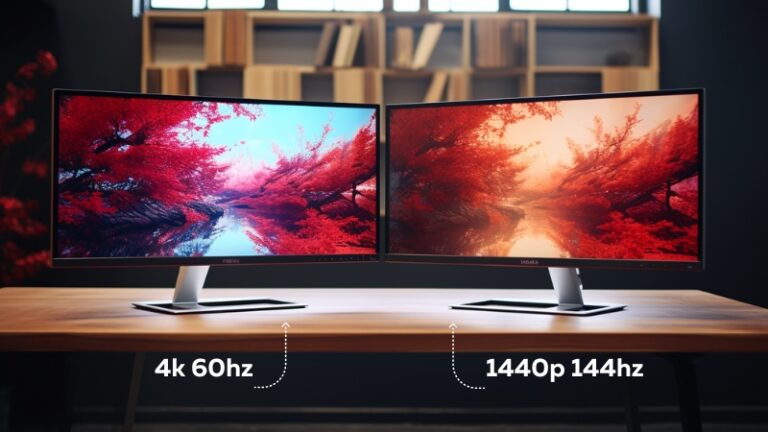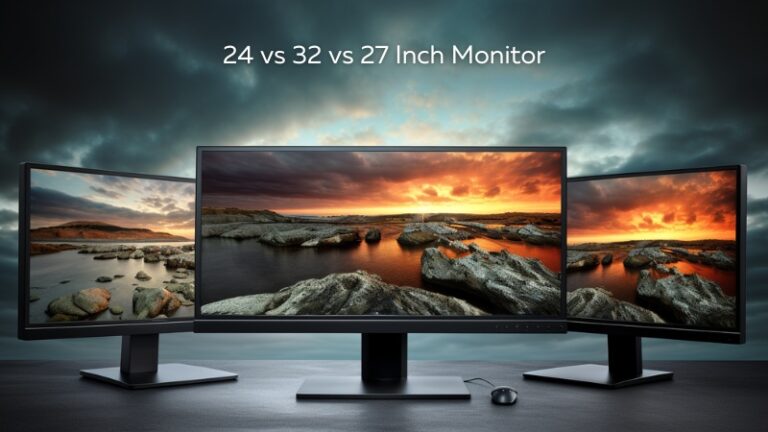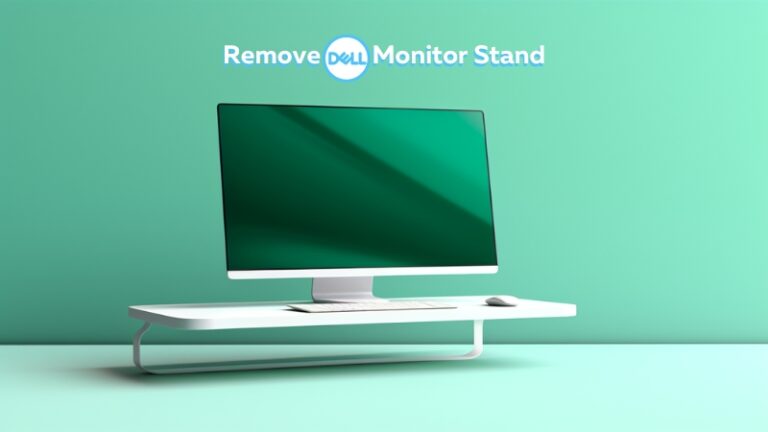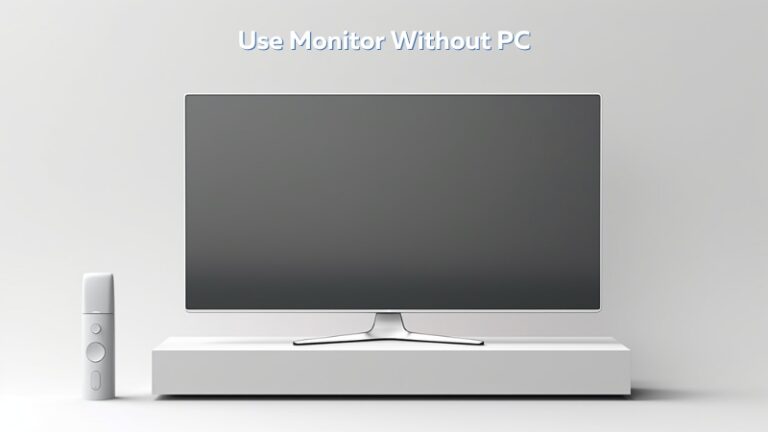144hz vs 165hz vs 240hz
In the world of gaming monitors, refresh rates play a crucial role in defining the quality of the gaming experience. The refresh rate of a monitor, measured in Hertz (Hz), indicates the number of times the screen updates with new images each second.
Higher refresh rates can lead to smoother and more fluid visuals, which are particularly important in fast-paced gaming scenarios.
There are several refresh rates that monitors commonly use, but for the purpose of this article, we’ll focus on three specific rates: 144Hz, 165Hz, and 240Hz.
These refresh rates are often the topic of debate among gamers and tech enthusiasts, each offering its own set of advantages and disadvantages.
Deep Dive into 144Hz
The 144Hz refresh rate has become a standard in the gaming community, especially among competitive gamers. A 144Hz monitor refreshes the screen 144 times per second, providing smooth visuals and reducing motion blur significantly compared to lower refresh rate monitors.
One of the main benefits of a 144Hz monitor is the enhanced gaming experience it provides.
Fast-paced games, particularly first-person shooters, can benefit greatly from reduced motion blur and screen tearing. This can lead to improved accuracy and reaction times in-game.
However, there are also drawbacks to consider. For one, not all games or systems can fully utilize the 144Hz refresh rate.
If a game is capped at a certain frame rate or if the system’s hardware can’t produce enough frames per second, the benefits of a 144Hz monitor may not be fully realized.
Ideal use cases for 144Hz monitors include competitive gaming and fast-paced action games where reaction times and quick, smooth visuals are key.
It’s also a good choice for gamers with hardware capable of consistently delivering frame rates close to or exceeding 144 frames per second.
Deep Dive into 165Hz
Moving up the refresh rate ladder, we have 165Hz monitors. These monitors refresh the screen 165 times per second, offering a slight improvement over the 144Hz monitors.
The benefits of a 165Hz monitor are similar to those of a 144Hz monitor, with the added advantage of a slightly smoother visual experience due to the higher refresh rate.
This can lead to even less motion blur and screen tearing, potentially providing a slight edge in competitive gaming scenarios.
However, the drawbacks are also similar. Not all games or systems can take full advantage of the 165Hz refresh rate, and the difference between 144Hz and 165Hz may not be noticeable to all users.
Ideal use cases for 165Hz monitors include high-level competitive gaming and users with high-end hardware that can consistently deliver frame rates close to or exceeding 165 frames per second.
It’s also a good choice for those who want a slightly smoother gaming experience compared to 144Hz monitors.
Deep Dive into 240Hz
At the top end of the refresh rate spectrum for most gaming monitors, we find the 240Hz monitors. These high-performance monitors refresh the screen 240 times per second, providing the smoothest visual experience among the three refresh rates we’re discussing.
The primary benefit of a 240Hz monitor is its unparalleled smoothness in visual rendering. This can significantly reduce motion blur and screen tearing, providing an ultra-smooth gaming experience. For competitive gamers, this could mean the difference between victory and defeat.
However, the drawbacks of a 240Hz monitor are more pronounced. Firstly, the hardware requirements to fully utilize a 240Hz monitor are quite high. You’ll need a high-end gaming PC capable of consistently pushing out 240 frames per second to truly take advantage of this refresh rate. Secondly, the difference between 165Hz and 240Hz is even less noticeable to the human eye than the difference between 144Hz and 165Hz.
Ideal use cases for 240Hz monitors include professional-level competitive gaming and users with top-tier hardware. If you’re a casual gamer or don’t have a high-end gaming PC, a 240Hz monitor might not be the best choice.
Comparisons and Recommendations
144Hz vs 165Hz
When comparing 144Hz and 165Hz monitors, the differences are relatively minor. Both offer a smooth gaming experience, but the 165Hz monitor provides a slight edge in terms of visual fluidity.
However, the choice between these two often comes down to the hardware you have and the games you play.
If your PC can consistently deliver more than 144 frames per second in the games you play, a 165Hz monitor could be a good choice.
However, if your frame rates are closer to 144 frames per second, a 144Hz monitor would be more than sufficient.
165Hz vs 240Hz
The comparison between 165Hz and 240Hz is a bit more complex. While a 240Hz monitor offers the smoothest visuals, the difference between 165Hz and 240Hz is not easily noticeable.
The choice here largely depends on your level of gaming. If you’re a professional gamer or have a top-tier gaming PC, a 240Hz monitor could provide a slight competitive edge.
However, for most gamers, a 165Hz monitor offers a great balance between performance and cost.
144Hz vs 240Hz
The difference between 144Hz and 240Hz is more noticeable, with the 240Hz monitor offering significantly smoother visuals.
However, the benefits of a 240Hz monitor can only be fully utilized with a high-end gaming PC.
For most gamers, a 144Hz monitor offers an excellent gaming experience without the need for top-tier hardware.
However, if you’re a professional gamer or have a high-end gaming PC, a 240Hz monitor could be worth considering.
FAQs
Is 240Hz better than 165Hz?
In terms of pure performance, a 240Hz monitor does offer a smoother visual experience compared to a 165Hz monitor. However, the difference is not easily noticeable to many users. Additionally, to fully utilize a 240Hz monitor, you need a high-end gaming PC capable of consistently delivering 240 frames per second.
Is it worth getting a 240Hz monitor over 144Hz?
Whether it’s worth getting a 240Hz monitor over a 144Hz one largely depends on your specific needs and hardware. If you’re a professional gamer or have a top-tier gaming PC, a 240Hz monitor could provide a slight competitive edge. However, for most gamers, a 144Hz monitor offers an excellent gaming experience without the need for high-end hardware.
Can you feel the difference between 165Hz and 240Hz?
The difference between 165Hz and 240Hz is not easily noticeable to many users. While a 240Hz monitor does offer the smoothest visuals, you need a high-end gaming PC to fully take advantage of this refresh rate. For most users, a 165Hz monitor offers a great balance between performance and cost.
Is 165Hz faster than 144Hz?
Yes, a 165Hz monitor is technically faster than a 144Hz monitor as it refreshes the screen more times per second. However, the difference is minor and may not be noticeable to many users.
Conclusion and Recommendations
Choosing between 144Hz, 165Hz, and 240Hz largely depends on your specific needs, the games you play, and the hardware you have.
For most gamers, a 144Hz monitor offers an excellent balance between performance and cost. If you’re a competitive gamer or have a high-end gaming PC, you might consider a 165Hz or 240Hz monitor.
Remember, the most important thing is to choose a monitor that matches your gaming needs and hardware capabilities.
A higher refresh rate monitor won’t make much difference if your PC can’t deliver the necessary frame rates.

